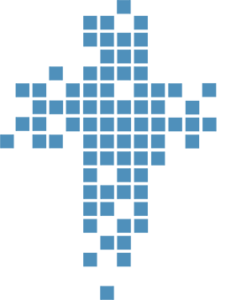Let me tell you about a boy named Caleb. Caleb was a 7th grader who could be defined as “a class clown.” He had remarks for everyone and always had to get in the final word. He struggled academically and sat quietly in the classroom during discussions or lectures. He rarely completed his homework, would not ask for help, and routinely failed quizzes and tests. Teachers, including me, struggled with Caleb because he just didn’t care. There was a lot of concern for Caleb looking into his future and wondering how he would get through 7th and 8th grade and what high school was going to look like for him.
In November of Caleb’s 7th grade year, as a school, we decided to implement personalized learning in a blended learning environment. This meant that Caleb was in a classroom of 6th, 7th and 8th graders. Classes were split amongst two teachers. One teacher taught Humanities (me) while the other teacher taught STEM. It took a lot to figure out how to best meet the needs of the students; but, it was definitely what was needed.
The first thing I needed to do was to pretest the students and find out where each one of them was academically. I made binders for each grade and subject that included the standards needing to be mastered. If a student showed mastery in a standard, I marked it in the binder. While that did not mean the student did not have to practice that standard, I knew it was one I didn’t have to “teach.” I then grouped the students according to subject and standards not yet mastered. This is how I developed my weekly lesson plans along with each student’s weekly work plan. Students were provided tasks to either practice skills taught but not yet mastered or review standards previously mastered.
Students worked through three rotations. One station was with me. This is where I taught the standards the students needed to learn. This was done in their small group. After students met with me, they were given an assignment or project to practice the standard. Students could work independently or in their small group. They knew they could ask each other for help because if I wasn’t working with their group, I was working with another group. The third station was independent work time. This is where students followed their personalized work plan and self-selected which standards they wanted to work on. Students had a list of “Must Do’s” and “May Do’s”. Students had to complete 15 minutes of work on each “Must Do” before they could work on a “May Do.”
There were many benefits to implementing a personalized learning environment. First, students like Caleb were not left behind. I knew through data collection; exactly what Caleb knew and exactly what he needed to work on. Because I was working with him at his level, there were minimal frustrations and Caleb started to become more excited to learn. Second, students got to self-select what they wanted to work on. Caleb did not like being “told” what to do. He liked having power in the classroom. By self-selecting what he wanted to work on, this gave him that power. He was focused on the work in front of him and took pride in showing me all that he accomplished in a class period. He started to think the work was “easy” and therefore also saw growth in the speed at which he was producing work.
And finally, there were no more traditional “quizzes” and “tests.” Most of seeing mastery through the standards was through observation, small group time, and projects. Because there were multiple grade levels in the classroom and students working on multiple standards, students were given choice in their final project as well. One thing I learned about Caleb that I didn’t before was how creative he was. Whenever he had the choice in a final project, he also selected one that he could “create.” I had never seen him work so intently on a “test” before. Caleb struggled with writing, so to be able to create something and talk about it not only boosted his self-esteem, but it also boosted his knowledge and understanding of the standards he had been working on.
During parent teacher conferences that spring, Caleb shared with his parents and me how much he enjoyed the personalized learning environment. He liked that he got to choose what he worked on without the teacher telling him. He also liked that the teacher spoke to him independently instead of in front of the whole class. He wasn’t embarrassed anymore to get an answer wrong because he wasn’t being publicly humiliated. And the greatest part for him was being able to choose his final project. He could clearly see how much he was learning and was excited to share his knowledge with others. While Caleb always continued to be “the funny guy” in class, he was no longer bursting out and disrupting others. He was focusing his attention on the task at hand and absorbing as much as he possibly could during class. Because of my experiences with personalized learning as a teacher, I fully implemented it when I became a principal. Why personalized learning, you ask? Because it works!


